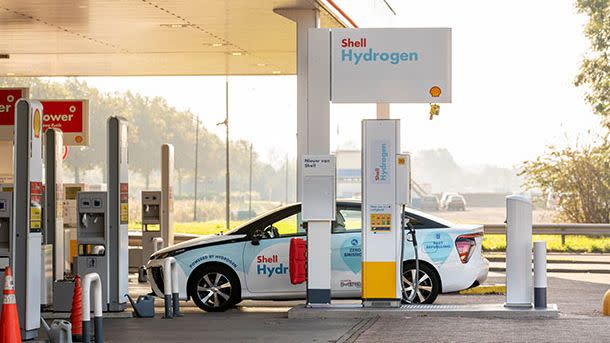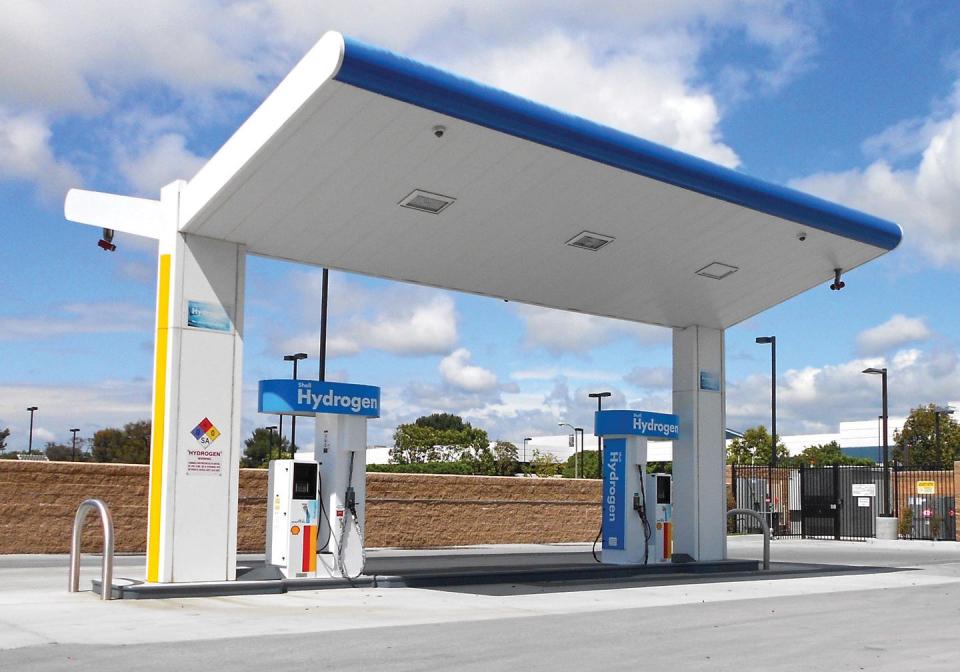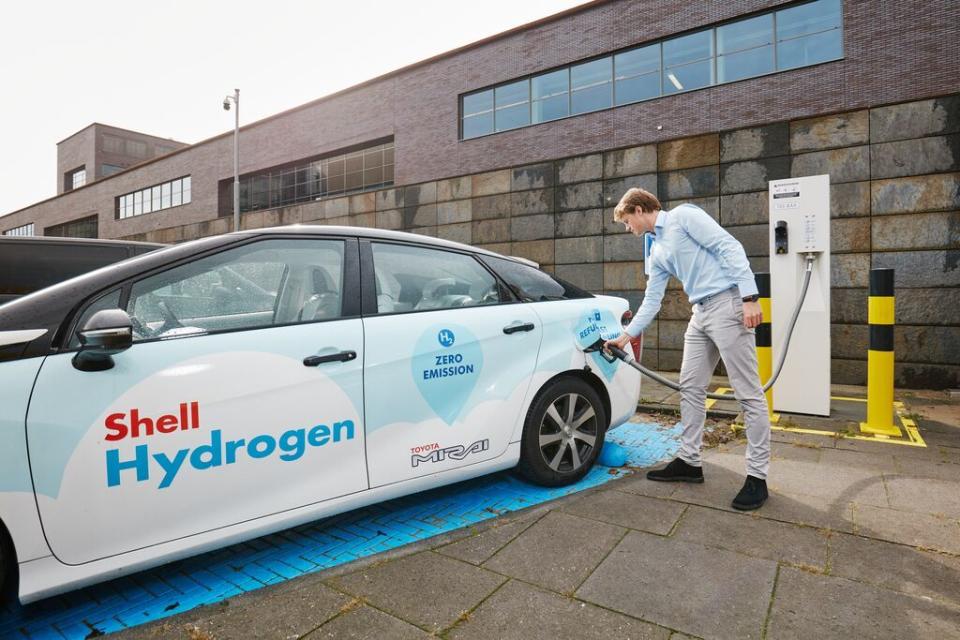Is This the Beginning of the End of Hydrogen?

Shell has closed its hydrogen refueling stations in California.
The company said its aim was to focus “on value over volume, and prioritizing capital investment in areas where we have distinct competitive advantages.”
Shell will continue to support hydrogen for heavy-duty trucks.
Shell is closing its hydrogen refueling stations in alt-fuel-crazed California, the oil giant announced. The news follows last year’s notice that Shell had discontinued the build out of its light-duty hydrogen station network in California in 2023.
The oil industry giant cited “supply complications and other external market factors” in making the decision.
“After temporary closure of five of its eight light-duty stations, (Shell) made the decision to exit the hydrogen light-duty passenger vehicle fueling market in California,” the company said in a statement. “Of Shell’s light-duty network in the US, seven stations have been closed, and Shell is exploring options to divest its Torrance, California, station.”

According to the Department of Energy’s Hydrogen Fueling Station Locations map, apart from one fueling point in Hawaii, California is the only state with publicly available hydrogen for passenger cars. And not all those are working.
There are 54 publicly available hydrogen refueling stations in the Golden State, with a varying number of them regularly listed as “offline” at any given time. As of presstime, for instance, 19 of California’s stations were not open for business. Sometimes as many as half of them are unavailable.
The closure of the Shell stations will be a blow to Toyota Mirai and Hyundai Nexo owners.
Hydrogen has always been a good idea in theory, since hydrogen-powered cars emit zero pollutants at the tailpipe. But harvesting hydrogen is an energy-intensive process that produces carbon dioxide, thus cancelling out some of the benefits of hydrogen cars’ zero-tailpipe emissions. In theory, hydrogen can be made through electrolysis from solar or hydro power, but in practice almost all of it comes from reformation of natural gas, a process that creates pollution.
Shell still sees value in hydrogen as a fuel for heavy-duty trucks, though.
“Specifically, we see an important role for hydrogen to decarbonize hard-to-electrify sectors, such as heavy industry (cement, steel chemicals) and heavy-duty transport—and we intend to develop opportunities in areas where we see adjacencies with our integrated businesses and pathways to profitability.”
And Shell says it has “green” hydrogen production, too.
“In terms of production, we currently have green H2 production in China and Germany, and in the Netherlands, Shell has taken FID on Holland Hydrogen I, which will be Europe’s largest renewable hydrogen plant once operational.”
And it says it’s not just in other markets.
“Shell remains active in hydrogen in the US, where we continue to operate three heavy-duty stations in Southern California,” the company said. “We maintain that hydrogen is an important low-carbon energy solution for the future and will continue to invest in hydrogen in a disciplined manner, with a focus on sectors that cannot be fully electrified, like heavy industry and transport.”

Shell’s intent is to invest up to $1 billion per year in hydrogen and CCS (carbon capture and storage) in 2024 and 2025, focusing on key regions where it has “competitive advantage and strong adjacencies with our existing business.”
Shell did not pin the move on profitability specifically, but did say that the company’s “aim is to be more disciplined in our delivery, focusing on value over volume, and prioritizing capital investment in areas where we have distinct competitive advantages.”
That leaves 47 stations in California. Will that be enough for current demand? There were only 2978 hydrogen-powered fuel-cell electric vehicles sold in the U.S. in 2023, and only 17,967 have been sold since they first came on the market in 2014, according to Argonne National Laboratory. Almost all of those are in California.
And while it is possible to make so-called “green hydrogen” from solar and wind energy, in practice you could take the electricity required for that and simply put it into one of the 1.4 million EVs currently registered in America that don’t require expensive and complex fuel cells.
So, at this point in history, like Beta vs. VHS, at least in the passenger-car segment, it looks like electricity is winning.
Is hydrogen bunk? Let us know in the comments.

